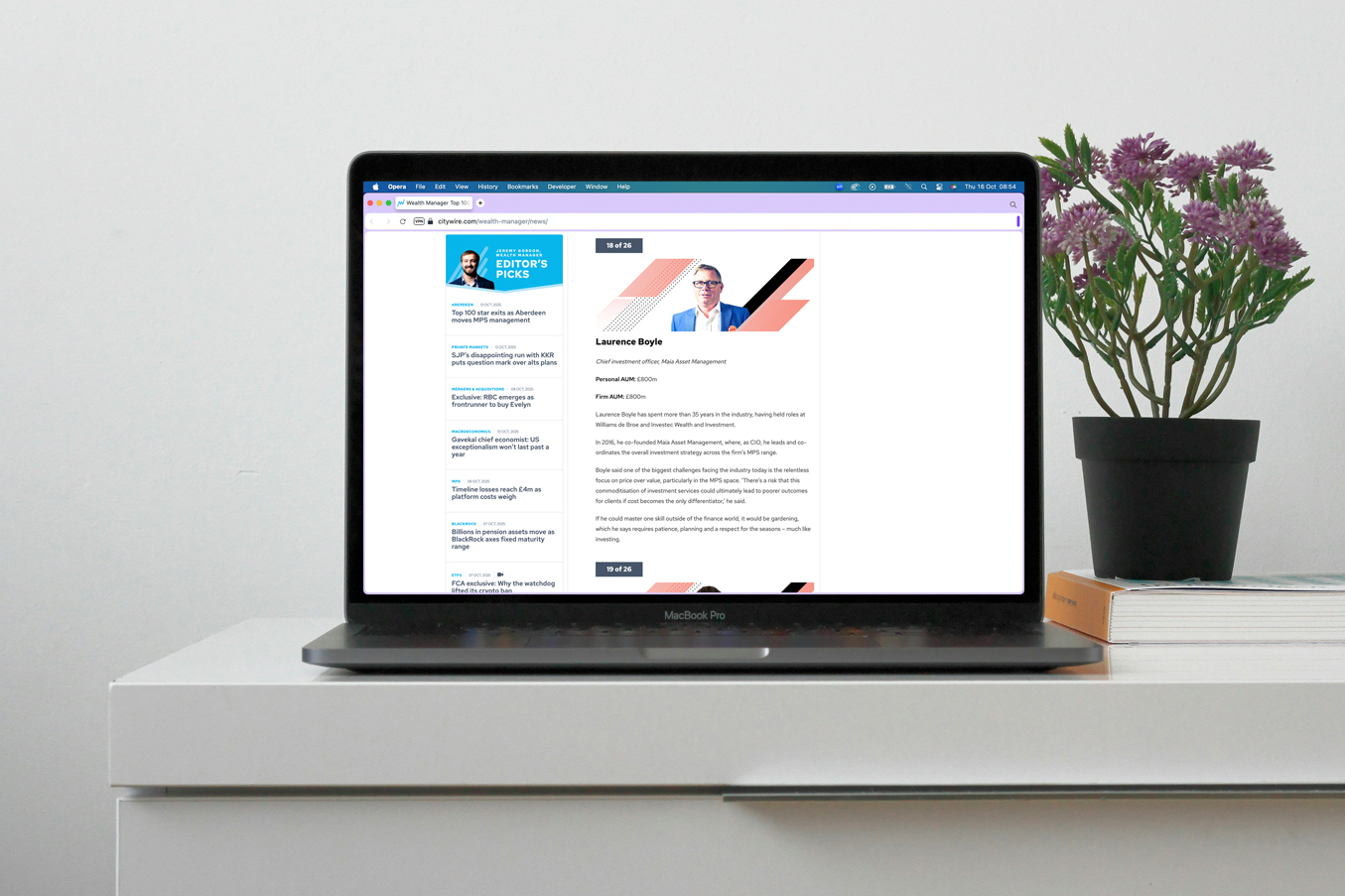As we look back on the last quarter, global markets were shaped by a series of events that impacted the investment landscape. As has been the case for the past few quarters, many of these events were steered by politics, central banks and economic data.

The UK had its election which culminated in a Labour Party landslide. Focus has now switched to the first 100 days in office for the new government and which policies they are looking to implement. In the US, with Vice President Harris now running against former President Trump, the underlying rhetoric on the US election in November has shifted. This is due to a change that occurred in the polling of voters, which has now moved from what seemed like a decisive victory for Trump and the Republican party, to a very tight race. All eyes will be on the 6th November to see what the outcome will be for the presidential race and who will be in power for the Senate and House of Representatives.
Many central banks are now loosening financial conditions by reducing interest rates. The fall they have witnessed in inflation, underlying growth slowing from its highs and economies starting to feel pressure from positive real rates (the difference between interest rates and inflation rates), has meant that interest rate cuts are required to avoid any form of recession in the coming months.
A deeper dive into the interest rate cutting cycles
As many global central banks have been able to get inflation under greater control (due to hiking interest rates more quickly than has been done in any period previously), they have now started to embark on an interest rate cutting cycle to stop their economies undertaking a hard landing and falling into recession.
Below we will provide an overview of how each asset class usually performs in these market conditions and why we are positioned as we are due to the changes that are now occurring in the global economy.
Equities
In markets where interest rates are being cut but growth is positive, equity markets generally react positively to the prospect of lower rates; because it reduces the cost of borrowing for companies and encourages investment and spending, which can drive economic growth.
Focusing on the valuation and quality of companies is key in interest rate cutting cycles, which is why we are currently overweight these types of businesses within our equity exposure. We are also invested in areas where we believe the prospect for further growth improvement is not fully valued in the underlying share prices. Alongside this we are underweight areas where markets have not fully priced in the risks from a slowdown occurring in the future.
Alternative Investments
The asset classes we invest in within alternatives generally have lower volatility than equities but still have the ability to provide an excess return, even in more challenging economic conditions meaning that they should continue to work well in an interest rate cutting cycle. Gold, defined returns and infrastructure all have their own sources of return generation which should not be impacted by interest rate cuts. In the case of a greater economic slowdown, the defensive nature of these assets, means that performance can be positive and additional value can be created for investors.
Fixed Income
During the fourth quarter of 2023, we repositioned our fixed income allocation for the impending switch of central banks moving from monetary tightening to monetary easing. We were overweight short duration corporate credit and moved this into more diverse positioning, which includes government debt and longer duration assets, alongside shorter duration credit and higher quality high yield.
Below we will set out the reasons why we did this and why we continue to employ a barbell approach of investing in long duration government debt with shorter duration higher quality credit.
Fixed income assets generally perform well during interest rate cutting cycles, as falling interest rates lead to rising bond prices.
This is particularly true for longer-duration bonds, which are more sensitive to changes in interest rates. The mechanism here is simple: when rates fall, the existing bonds that pay higher interest become more attractive, causing their prices to increase.
In this environment, government bonds, investment-grade corporate bonds, and higher quality high yield bonds usually see the strongest performance, which is where we have positioned our fixed income exposure. Lower interest rates reduce the cost of debt servicing for companies and governments, improving their credit profiles and making their debt more attractive to investors.
As the cycle has only just started, the opportunity for further gains in these assets as interest rate cuts continue should benefit our portfolios.
In Conclusion
The current market conditions present a unique set of opportunities across asset classes. Equities, alternative investments, and fixed income all react differently to rate cuts, but understanding these dynamics means we have been able to position our portfolios to benefit from this shift in monetary policy.
This website is aimed at Independent Financial Advisers, please tick the box to confirm that you are an IFA before entering the website.








